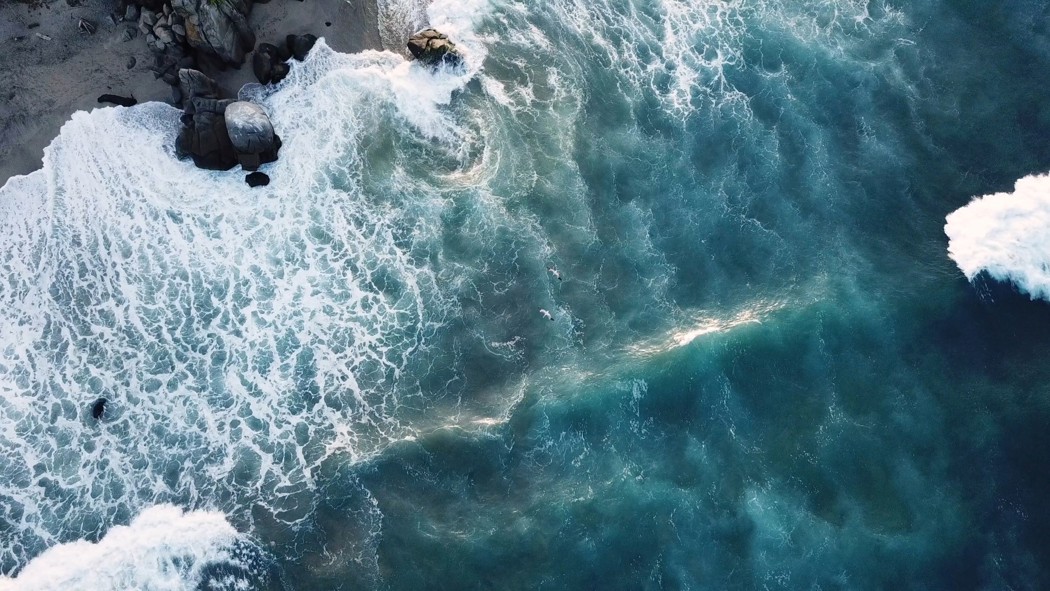Deforestation & biodiversity
- Ecosystem impacts
- Certification
- Disease management
- Feed ingredients and conversion ratios
The global intensification of aquaculture is rapidly increasing its environmental and social footprint, and therefore identifying and mitigating environmental, social and governance (ESG) risks is now on the top of the agenda for investors and the whole value chain.
According to FAIRR’s report ‘Shallow returns? ESG risks and opportunities in aquaculture’, reviewing ESG risks in aquaculture is challenging due to the sector’s maturity and the limited availability of information on certain topics and regions. In addition, the severity and magnitude of impact of each of these ESG risks depends on the species, production system, geography and consumer preferences. The report identifies ten risks that aquaculture faces throughout the value chain. Later on, in 2021 FAIRR launched ‘The Coller FAIRR Protein Producer Index 2021 – Aquaculture, Outlook for the Salmon Sector’, which assessed aquaculture producers on a set of specific issues that account for the environmental and welfare risks unique to farmed fish.
Throughout this report, Skretting recognises and addresses these risks to different extents. We also acknowledge that transparency and collaboration with our value chain are two key drivers that will help us to keep finding solutions that allow us to mitigate the risks of our operations.
![]() Concerns about the physical and mental wellbeing of fish in aquaculture puts the industry at odds with shifting consumers support towards high-welfare products.
Concerns about the physical and mental wellbeing of fish in aquaculture puts the industry at odds with shifting consumers support towards high-welfare products.
![]() The sector is exposed to the effects of a warming climate with production in the key producing region of Southeast Asia expected to drop between 10%-30% by 2050 due to climate impacts such as rising sea temperatures and ocean acidification.
The sector is exposed to the effects of a warming climate with production in the key producing region of Southeast Asia expected to drop between 10%-30% by 2050 due to climate impacts such as rising sea temperatures and ocean acidification.
![]() Salmon and shrimp diets include fishmeal and fish oil, making the industry dependent on rapidly depleting wild fish stocks. If the aquaculture sector is to continue long-term expansion, the sector must find a sustainable and scalable supply of alternative feed ingredients.
Salmon and shrimp diets include fishmeal and fish oil, making the industry dependent on rapidly depleting wild fish stocks. If the aquaculture sector is to continue long-term expansion, the sector must find a sustainable and scalable supply of alternative feed ingredients.
![]() Millions of fish escape from fish farms every year and mix with native marine populations. It is a major issue that risks regulatory costs and reputational damage to the companies involved. In July 2018, Mowi (formerly Marine Harvest) lost $3,4 million and over 690,000 salmon when a storm severely damaged ten net pens.
Millions of fish escape from fish farms every year and mix with native marine populations. It is a major issue that risks regulatory costs and reputational damage to the companies involved. In July 2018, Mowi (formerly Marine Harvest) lost $3,4 million and over 690,000 salmon when a storm severely damaged ten net pens.
![]() Sewage and waste water discharged from fish farms is associated with the risk of toxic algal blooms and drinking water pollution. In 2016, algal blooms caused around $800 million of damage to the Chilean salmon industry.
Sewage and waste water discharged from fish farms is associated with the risk of toxic algal blooms and drinking water pollution. In 2016, algal blooms caused around $800 million of damage to the Chilean salmon industry.
![]() The sector is vulnerable to food mislabelling that can lead to costly product recalls and legal battles. One conservation group estimated that a third of seafood sold in the US is mislabelled. An academic study focused on Canadian seafood observed similar findings.
The sector is vulnerable to food mislabelling that can lead to costly product recalls and legal battles. One conservation group estimated that a third of seafood sold in the US is mislabelled. An academic study focused on Canadian seafood observed similar findings.
![]() Outbreaks cost the sector around $6 billion per annum according to the World Bank. All salmon producing regions are battling sea lice, but the solutions available bring additional sustainability impacts.
Outbreaks cost the sector around $6 billion per annum according to the World Bank. All salmon producing regions are battling sea lice, but the solutions available bring additional sustainability impacts.
![]() The wider seafood sector, especially in Asia, has been associated with several instances of labour and human rights infringements, exposing it to a regulatory and public backlash.
The wider seafood sector, especially in Asia, has been associated with several instances of labour and human rights infringements, exposing it to a regulatory and public backlash.
![]() Local communities increasingly object to new aquaculture projects. In 2018, the Washington state senate voted to phase out non-native fish culture across the entire state by 2025 after protests from local communities.
Local communities increasingly object to new aquaculture projects. In 2018, the Washington state senate voted to phase out non-native fish culture across the entire state by 2025 after protests from local communities.
![]() Hotspots of antibiotic use in aquaculture accelerate development of antimicrobial resistance (AMR) and increase export risks. In January 2019, the US Food and Drug Administration (FDA) denied entry to 26 shipments of Indian shrimp due to detection of banned antibiotics.
Hotspots of antibiotic use in aquaculture accelerate development of antimicrobial resistance (AMR) and increase export risks. In January 2019, the US Food and Drug Administration (FDA) denied entry to 26 shipments of Indian shrimp due to detection of banned antibiotics.
Content adapted from FAIRR, 2019. Shallow returns? ESG risks and opportunities in aquaculture.

Skretting recognises the urgency and global importance of healthy oceans and a sustainable aquaculture industry, and will take action to promote the wellbeing of the ocean for current and future generations.